How long do aquarium catfish live and why does it depend?
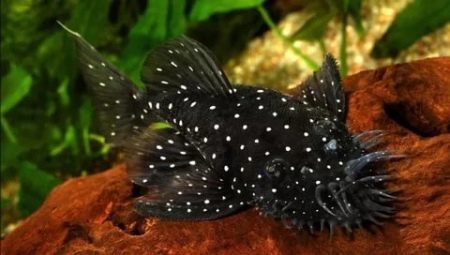
The aquarium catfish is not just an unusual fish whose behavior is very interesting to observe, but also a kind of living filter. Some species do not eat the food offered by the owner at all, they prefer the waste products of other fish that settle to the bottom and walls of the aquarium and the plaque formed from algae. However, many owners are surprised when, unexpectedly in the morning, they discover a catfish body that has surfaced. Let's try to figure out what are the main causes of the death of catfish and how to avoid them.
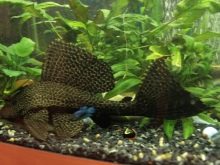


Life span
The lifespan of the catfish depends on its variety and on the conditions of detention. The average lifespan of an individual is about 8 years. In the wild, large species can live up to 100 years or more. It is possible to keep about 800 species of catfish in an aquarium. So, a popular species is the chain catfish, covered with accrete bone plates. It has a bottom sucker mouth and loves to feast on seaweed. This type includes catfish ancistrus, ototsinklyus, loricaria, sturisoma, whose life expectancy in good conditions is limited to 8 years.
Also common in the aquarium hobby are armored, or callichthous, catfish, which differ in two rows of bone plates. A feature of the fish is the ability to breathe atmospheric air. This variety includes corridors, dianema and taracatum, which live on average 6-7 years.
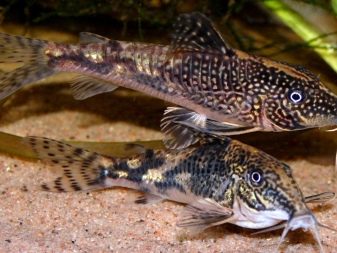
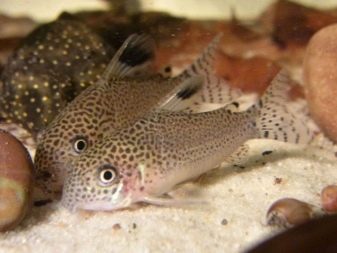
The armored family is also popular, which is characterized by the covering of the body and head with bone plates and three pairs of long mustaches. The most demanded representatives of the armored vehicles are agamixis and platidoras, which live up to 15 years at home, and up to 20 years in the natural environment.
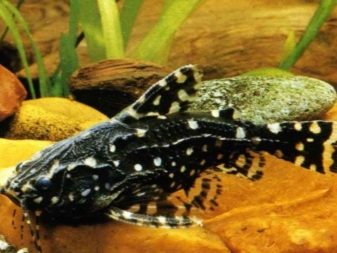
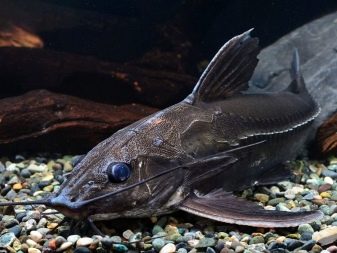
The lifespan of catfish of the fringed family is 5-15 years, but there is data on individuals that have survived in nature up to 23 years.
Another frequent inhabitant of aquariums is the colorful flat-headed catfish, or pimelodic catfish. In nature, it has a rather long lifespan, but it is impossible to give exact numbers, but in an aquarium a representative of the family, for example, the paddlefish sorubium, lives from 5 years or longer.
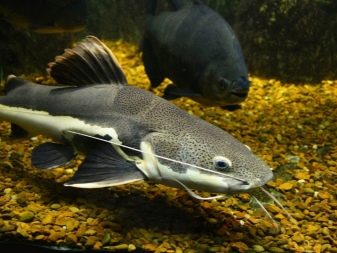
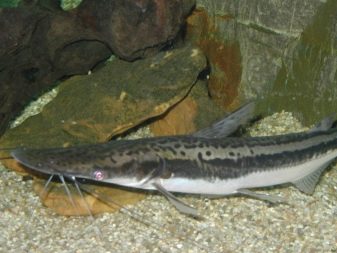
Causes of early death
In addition to death due to age, aquarium catfish can die for other reasons.
Diseases
In general, it is a rather resistant fish to diseases, but due to improper keeping conditions, the catfish immunity may decrease, which provokes infection. For example, a catfish can get sick if the level of organic matter in the water rises. Sometimes sluggish brocade catfish are malnourished, as nimble neighbors manage to eat its food. All these factors can lead to illness and subsequent death.
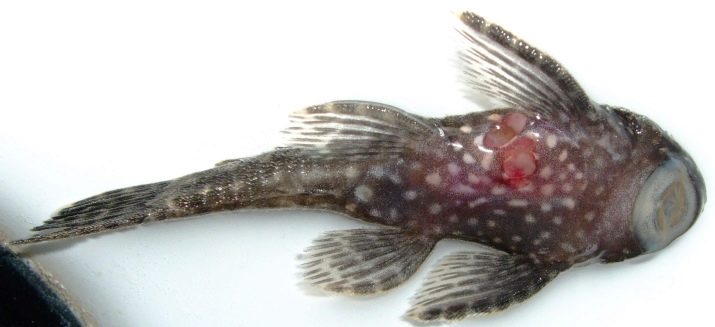
Improper treatment
An inexperienced aquarist begins to treat the catfish and thus only exacerbates the situation. First of all, it is worth figuring out whether catfish needs treatment at all. For example, some species can dramatically change color and become covered with spots, and the frightened owner immediately proceeds to intensive rehabilitation. In fact, this phenomenon is most often a response to stress and has nothing to do with illness. When the individual calms down, its previous color will return.
Also, some breeders are alarmed when they see the passivity of the pet. It is worth knowing that most individuals prefer to lead a nightlife, and in the daylight such species become less active.
remember, that these fish do not tolerate salt baths and preparations containing copper, although this is how it is customary to treat other aquarium fish. Therefore, avoid this type of treatment.
Thus, it is not recommended to treat catfish with Ectopur, Oodinopur and Mycopur - copper sulfate concentration of more than 0.25 mg / liter becomes lethal for catfish. As a last resort, use the indicated funds in a very small dosage.
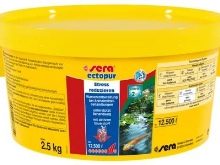
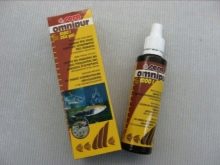
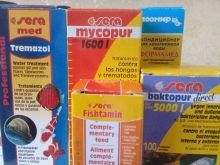
Illiterate breeding
An inexperienced owner is not very familiar with the breeding characteristics of catfish, therefore he does not particularly choose suitable individuals, but takes the first pair he finds for production. However, there are cases when a large male killed a more fragile female during the spawning period. Therefore, in order to avoid the early death of the female for breeding it is recommended to select parents of the same size or a female whose mass is greater than the male.
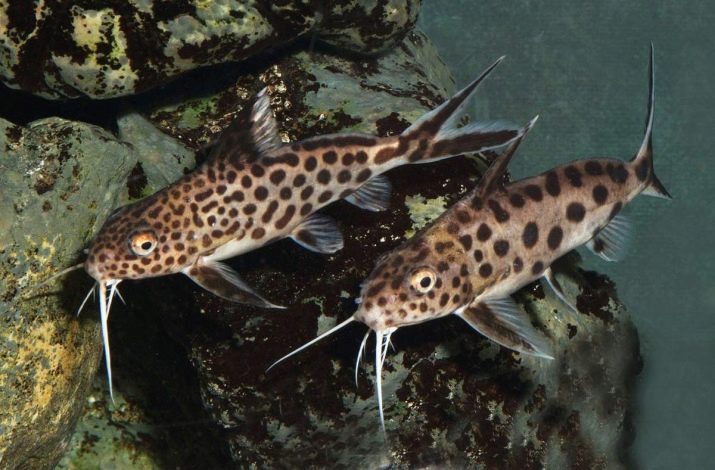
Trauma
Some species, such as sturisoma, have an elongated long body that can penetrate any hole. Often the curiosity of such a catfish leads him to the design of the filter, where he dies. Such death is possible not only for catfish with a certain body shape, but also for young catfish of any variety.
Catfish can also be injured if kept in unsuitable water or too cramped an aquarium. So, for some species, for example, tarakatum or synodontis, a feature is noticed to jump out of the water under uncomfortable conditions.
If the owner noticed the little body lying on the floor in time, then it can be saved, but alas, the owner cannot be near the aquarium all the time. Even if you close the container with a glass lid, this will not save the jumping pet from injury: it can break its nose against the glass, although in most cases this damage is not fatal.
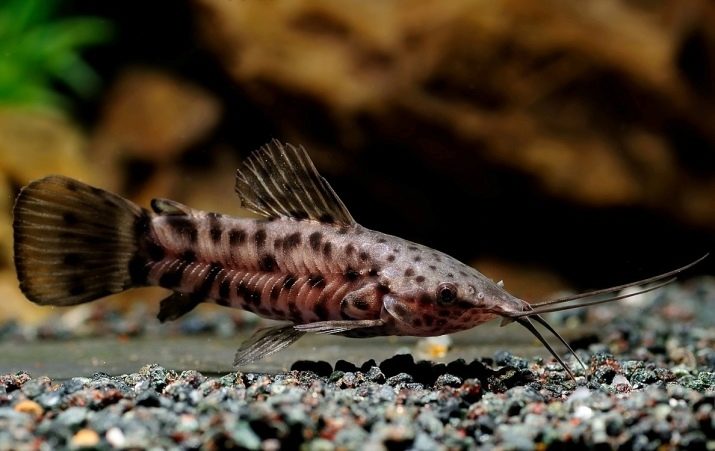
Maintenance and care
The main condition for a long healthy life of an aquarium catfish is compliance with all the rules of keeping. Aquarists give the following recommendations for catfish care:
- keep the water temperature within 22-27 degrees;
- the water should be of neutral acidity, and its hardness should be 2-12 °;
- a prerequisite for a comfortable catfish life is the presence of driftwood at the bottom of the aquarium;
- buy a filter that a plastic catfish cannot get into;
- clean the internal filter at least twice a week, the outdoor unit can be cleaned less often;
- the basis of the catfish diet is vegetable food (70-80%), another 20-30% should be protein food;
- in addition to ready-made food specially designed for catfish, these fish can be fed with scalded pieces of fresh cucumber, lettuce, spinach, green peas and cabbage leaves;
- do not forget to change 1/3 of the volume of the aquarium water weekly.



For the peculiarities of keeping catfish, see below.









Thank you very helpful information. Now I will know how to take care of them